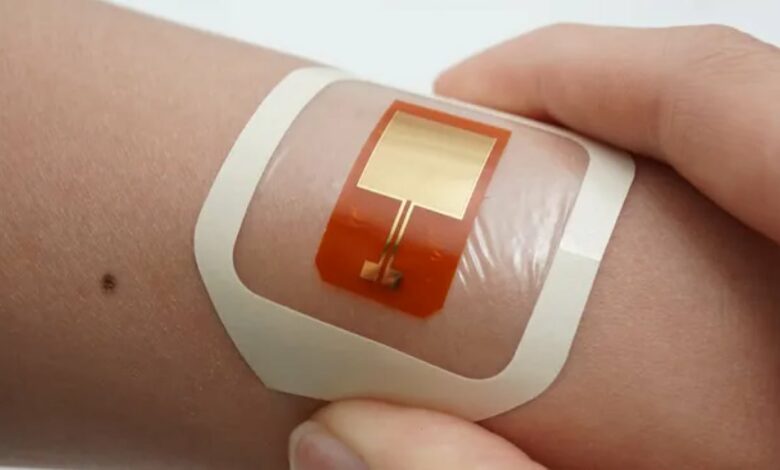New patch device uses electricity to fight harmful skin bacteria

Scientists have developed a patch that can target bacteria on the skin using mild electrical pulses, which could help reduce infections if the bacteria enter the bloodstream. Known as the Bioelectronic Localized Antimbiotic Stimulation Therapy (BLAST) patch, this device emits a harmless electrical current designed to target specific skin bacteria that pose infection risks.
Testing shows promising results on pig skin
The device was recently tested on pig skin, which has structural similarities to human skin and is often used in preclinical studies. Researchers introduced Staphylococcus epidermidis bacteria to the skin, which usually resides on human skin without causing harm. However, when these bacteria are introduced into the body through medical devices such as catheters, they can lead to serious infections.
When placed on pig skin, the BLAST patch delivered electrical pulses every ten minutes for a period of 18 hours, delivering a mild charge similar to that of pacemakers. This method significantly reduced the formation of biofilms – dense layers that allow bacteria to adhere to surfaces and evade treatments – resulting in an almost tenfold reduction in the number of bacteria on treated skin.
Mechanism targets bacteria in specific circumstances
In laboratory tests, S. epidermidis showed a response to electrical currents only when the skin environment was slightly acidic, similar to the natural pH of human skin. Researchers enhanced this effect by adding an acidifying hydrogel to the BLAST patch. Acidity is critical for suppressing the development of bacterial biofilms, which complicates infection control in medical settings.
Early findings point to medical applications
The BLAST patch, published Oct. 24 in the journal Device, could also be effective at sterilizing medical device surfaces, providing an extra layer of protection against bacterial infections. Bozhi Tian, one of the study’s authors and a professor of chemistry at the University of Chicago, noted that reducing reliance on preventative antibiotics could help address concerns about antibiotic resistance.
Further testing needed
Future research will investigate the effectiveness of BLAST on other bacterial strains and in animal and ultimately human trials. If the device proves successful, it could become a practical tool for infection prevention in medical settings within five years.




